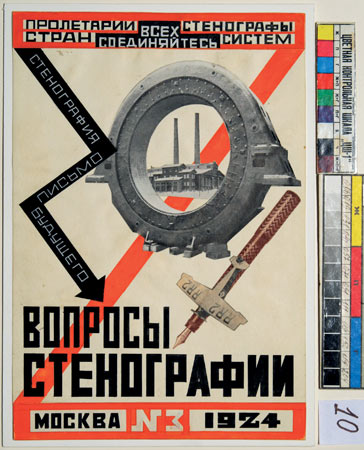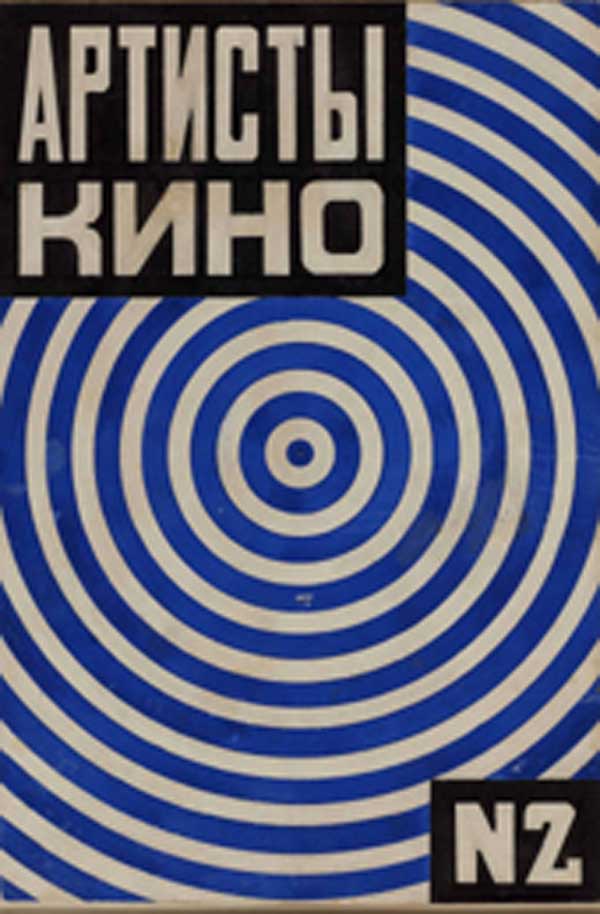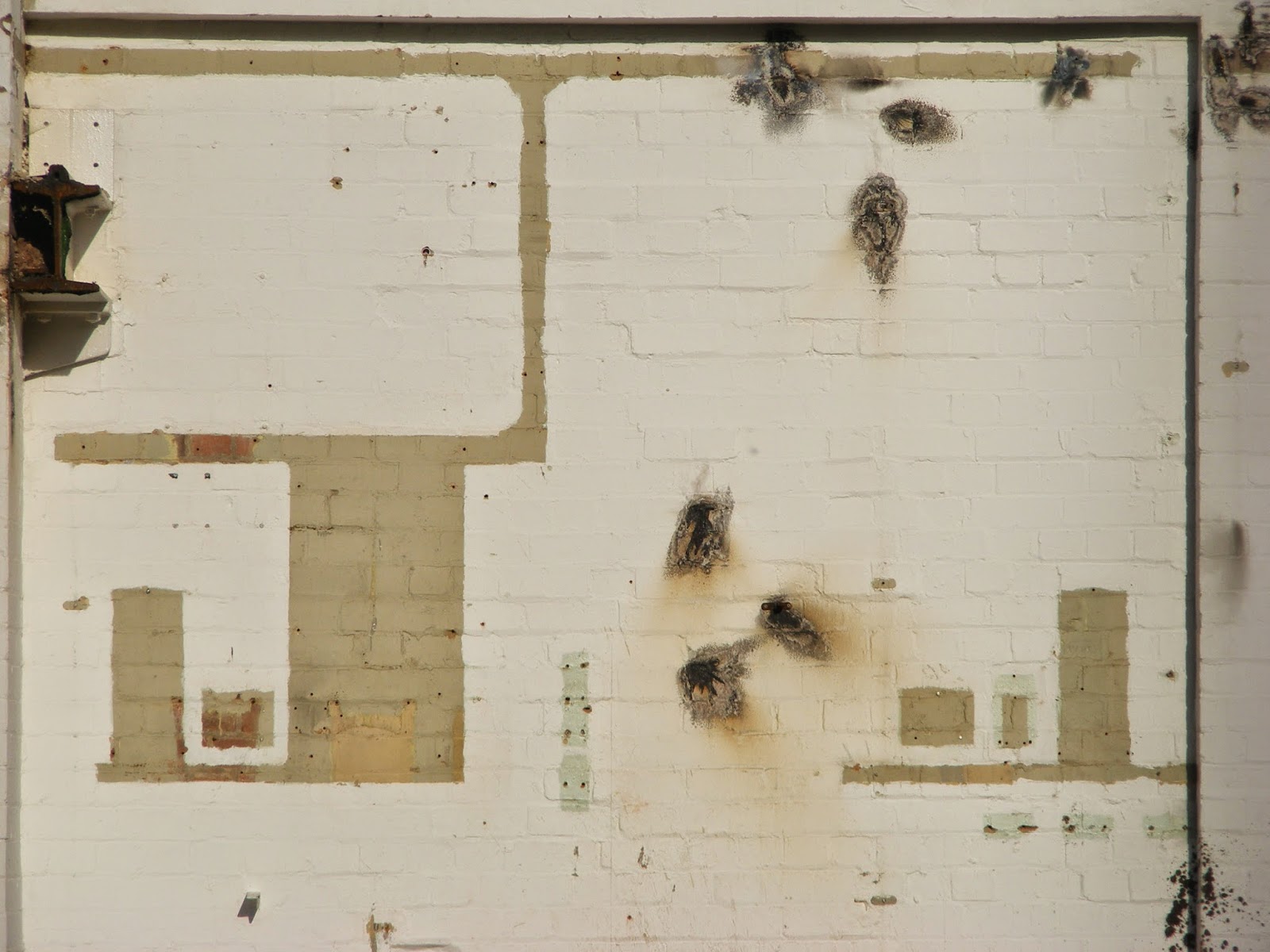There's definitely a resurgence of the British
affinity with abstraction at the moment - maybe triggered by the
wonderful 'Suprematism' abstracts of Kazimir Malevich's
amazing retrospective at Tate Modern.
I'm so very glad I got to see this exhibition.
The first few rooms introduce a young Malevich, who is teaching himself the art of painting - through rich experimentation of the various styles around him at the time. He explored Symbolism, with tiny precious images that are magical as Indian Miniatures, then dabbled in a gorgeous chalky Pointillism.
In this self-portrait he seems influenced by Gauguin - with a flourish of Fauvism and possibly Matisse in the background.
But it was the next three rooms that slowed me right down - I got my close-up specs out - and looked and looked and looked.
Groundbreaking. breathtaking. Malevich is a consummate master of composition.
Bold and Striking:
Detailed and Playful:
Skillful with Colour:
Serious and Thoughtful:
And - able to combine all the above qualities too:
Next, there was a big room with gazillions of tiny drawings - the walls painted a light-absorbing dull turquoise (my favourite colour), which set off the wooden frames and their deep off-white mounts; allowing the small sheets of often squared, yellowing paper to sing out with his careful deliberate drawings - plans and dreams.
But those plans and dreams for an abstract future we not to be - as the Russia he inhabited was now a Stalinist Russia - where the purpose of art was as propaganda; to educate.
Art was expected to show one clear and unambiguous meaning...mmm...ruled out abstraction then.
So, Malevich focused on being an educator and a writer.
With enlightened curating, there was a room of large teaching resources; posters made by Malevich setting out theories of art movements - and clearly advocating Suprematism early on.
There was some great work by some of his students.
I think Lyubov Popova was really very talented. She worked as a teacher, as well as being a painter and designer. I didn't know about her before visiting the exhibition - considering she died aged just thirty-five, she was very prolific.
It seems Malevich was pretty good at teaching.
If he taught with as much charisma as he painted, I can imagine he was an inspiration.
Shame though - all that power, energy and command of the non-representational surface was lost; abandoned...
Well - not quite - as he couldn't help but bring some of that amazing force into later work:
In he last room hang a number of portraits with almost Hans Holbein-ian flesh tints and backgrounds, seemingly all the colours darkened with black (unlike his Gauguin/Fauvist self-portrait), but for audacious flat solid abstract rectangles and triangles slapped defiantly on top (Suprematism sneaking in?).
It's on until 26 October - GO - GO - GO !
And - be sure to watch iplayer - BBC4's gone all Abstract too...



















































